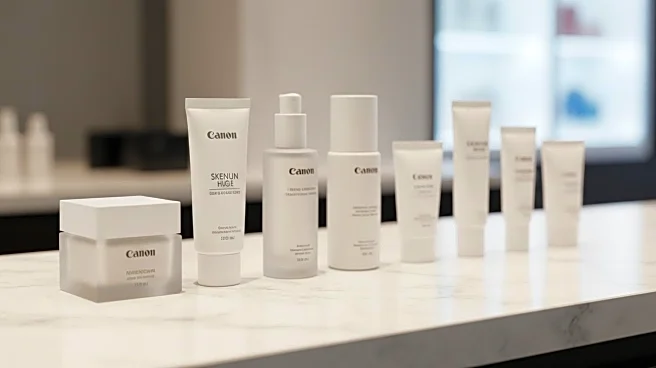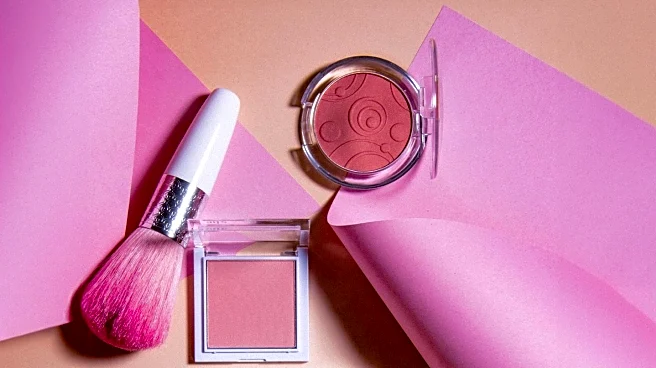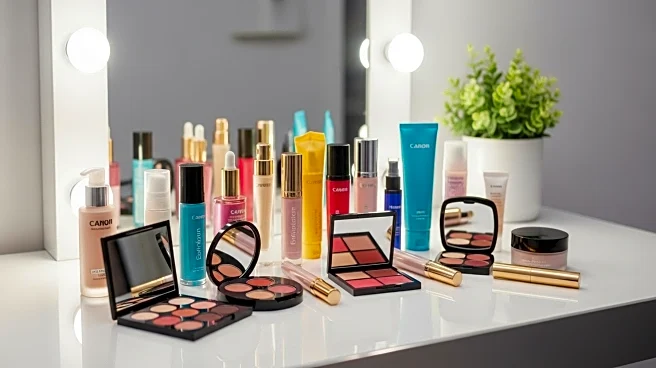What's Happening?
The beauty industry is witnessing a surge in mergers and acquisitions, with recent deals including E.l.f.'s acquisition of Rhode and Ulta's purchase of Space NK. Industry experts predict that this trend will persist into 2026, driven by strategic interest in skin care and hair care brands. Notable acquisitions by L'Oréal, such as Color Wow and Medik8, highlight the focus on dermatological skin care. The market is seeing increased interest in newer entrants, with brands like Byoma and Amika anticipated as potential targets. Retail distribution remains a critical factor for acquirers, emphasizing the importance of sustainable business models.
Why It's Important?
The continued momentum in beauty M&A reflects the industry's dynamic nature and the strategic importance of expanding product portfolios. Acquisitions allow companies to diversify their offerings, enhance market presence, and leverage synergies for growth. The focus on skin care and hair care indicates shifting consumer preferences, with demand for innovative and effective products driving investment decisions. This trend could lead to increased competition and innovation, benefiting consumers with a wider range of choices. Additionally, successful M&A activity can strengthen a company's position in the market, providing a competitive edge in a rapidly evolving industry.
What's Next?
As beauty M&A activity continues, companies are likely to explore opportunities to acquire brands that align with their strategic goals and consumer trends. The emphasis on skin care and hair care suggests that these categories will remain attractive targets for investment. Companies may also focus on enhancing their retail distribution channels to ensure sustainable growth and market reach. The ongoing consolidation in the beauty industry could lead to increased collaboration and partnerships, fostering innovation and expanding product offerings. Stakeholders will closely monitor market developments to identify potential acquisition targets and optimize their investment strategies.
Beyond the Headlines
The rise in beauty M&A activity may have broader implications for the industry, influencing market dynamics and consumer behavior. As companies consolidate, there may be a shift towards more standardized product offerings, potentially impacting the diversity and uniqueness of available products. This trend could also affect smaller, independent brands, as they navigate the competitive landscape dominated by larger players. Additionally, the focus on retail distribution highlights the importance of physical and digital channels in shaping consumer experiences and driving sales. The evolving beauty industry landscape may prompt stakeholders to reassess their strategies and adapt to changing market conditions.











